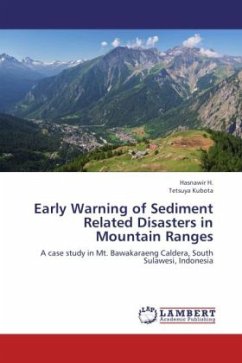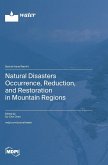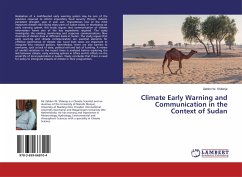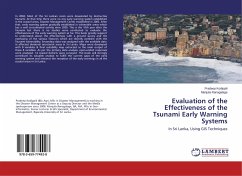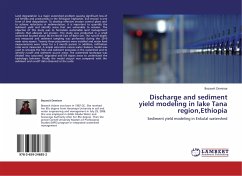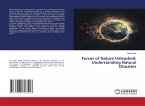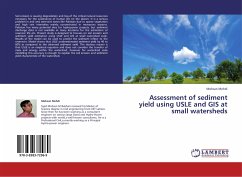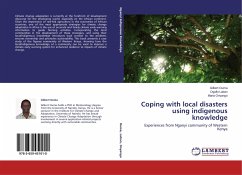In Indonesia, sediment related disasters like landslides and debris flows have caused damage to the nature in recent years. In Mt. Bawakaraeng Caldera, South Sulawesi, Indonesia, a large scale landslide including a debris flow occurred which had produced a volume of about 232 million m3 sediment in March 2004. This research concerns such sediment-related disasters in Mt. Bawakaraeng Caldera. The specific objectives of the research are enunciated as follows: to evaluate slope stability based on field study and 3-D slope stability analysis using GIS, and to estimate the volume of the landslide, to estimate the velocity of the landslide and to analyze the antecedent rainfall responsible for landslide and debris flow, to determine empirical rainfall intensity-duration thresholds for landslides and debris flow in Mt. Bawakaraeng Caldera, to find standard rainfall for warning of debris flow overflows around Mt. Bawakaraeng, to review the general effects of sediment-related disaster on the Jeneberang River and the Bili-Bili Dam, and finally to review the hazards mitigation from sediment-related disaster in Mt. Bawakaraeng.
Bitte wählen Sie Ihr Anliegen aus.
Rechnungen
Retourenschein anfordern
Bestellstatus
Storno

